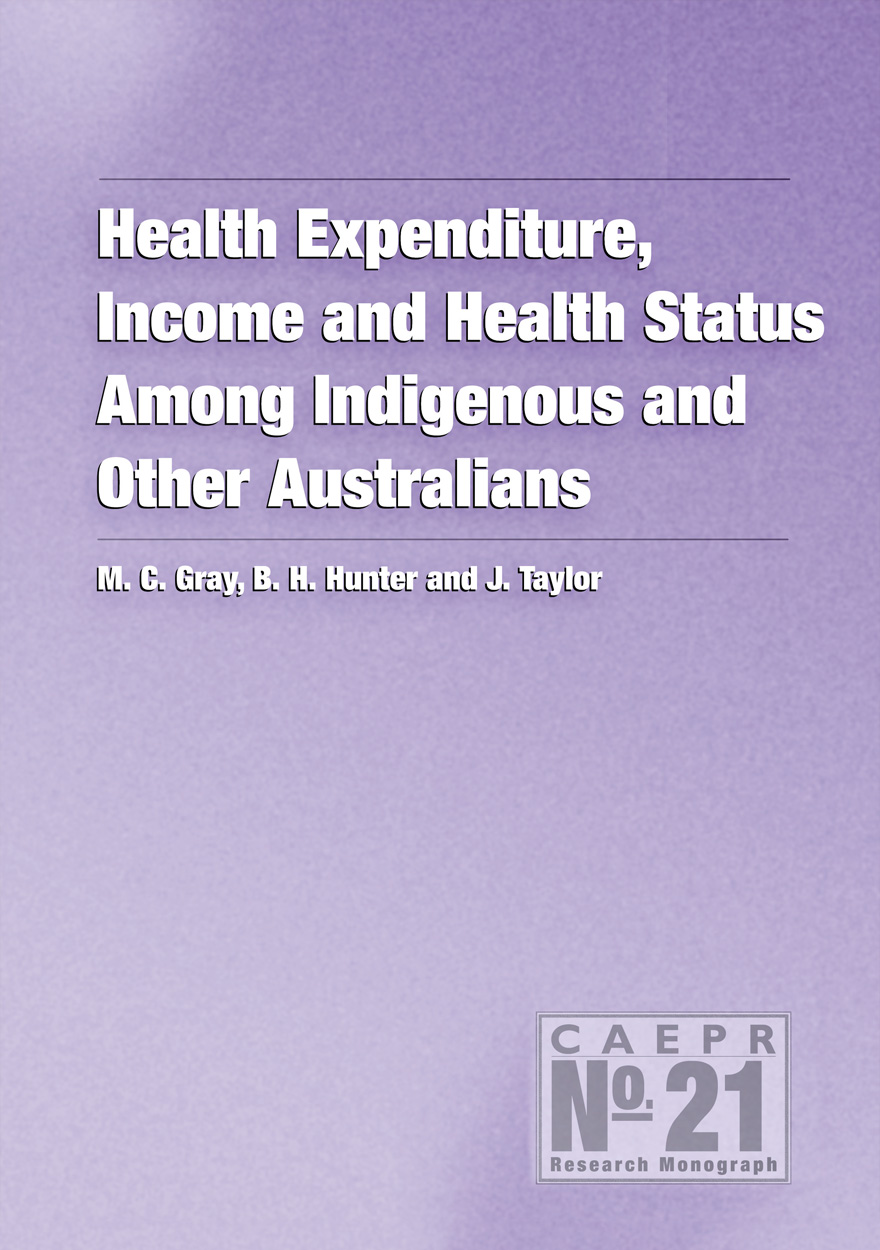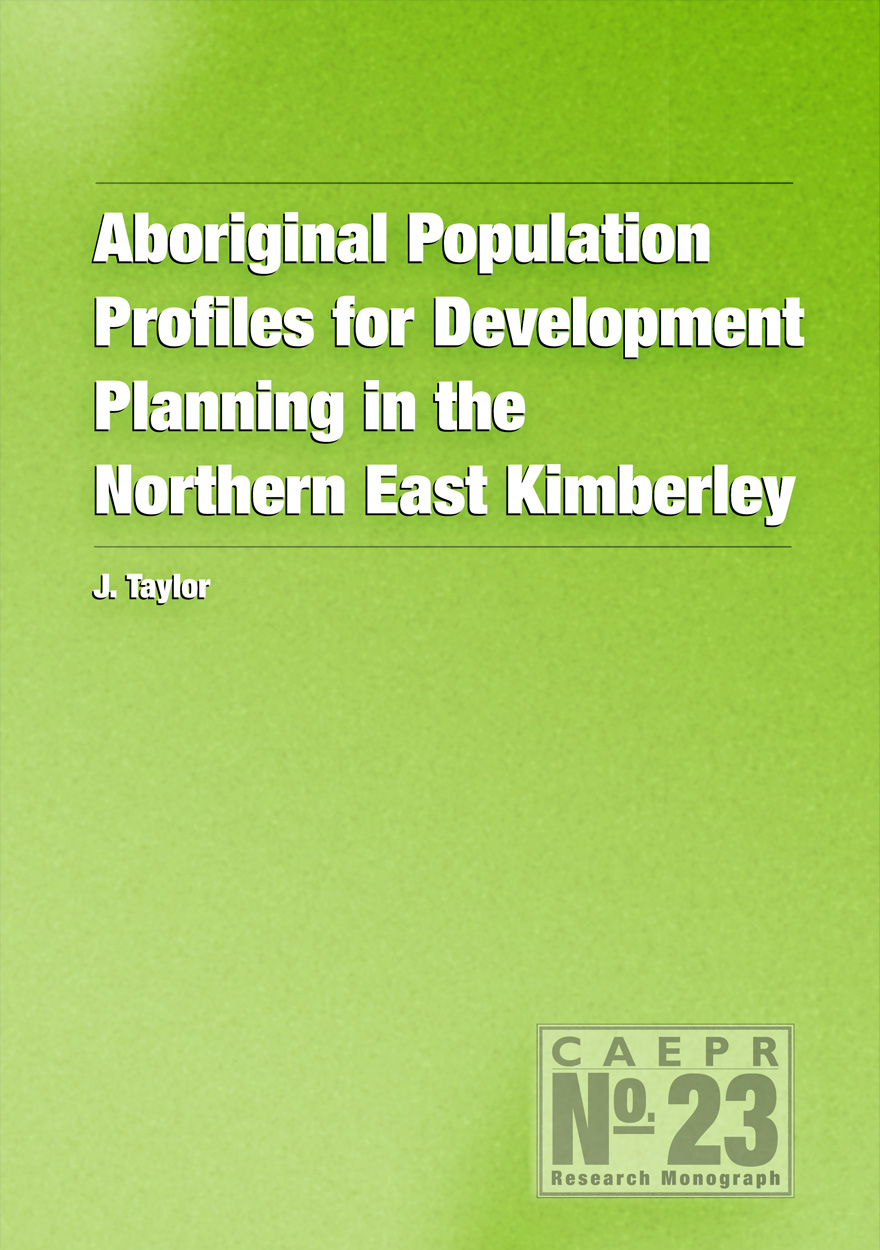Search titles
Displaying results 211 to 220 of 249.

Connected Worlds »
History in Transnational Perspective
Edited by: Ann Curthoys, Marilyn Lake
Publication date: March 2006
This volume brings together historians of imperialism and race, travel and modernity, Islam and India, the Pacific and the Atlantic to show how a ‘transnational’ approach to history offers fresh insights into the past. Transnational history is a form of scholarship that has been revolutionising our understanding of history in the last decade. With a focus on interconnectedness across national borders of ideas, events, technologies and individual lives, it moves beyond the national frames of analysis that so often blinker and restrict our understanding of the past. Many of the essays also show how expertise in ‘Australian history’ can contribute to and benefit from new transnational approaches to history. Through an examination of such diverse subjects as film, modernity, immigration, politics and romance, Connected Worlds weaves an historical matrix which transports the reader beyond the local into a realm which re-defines the meaning of humanity in all its complexity. Contributors include Tony Ballantyne, Desley Deacon, John Fitzgerald, Patrick Wolfe and Angela Woollacott.
At the XIII Biennial Conference of The Film and History Association of Australia and New Zealand, Jill Julius Matthews was presented with an award for Best Book Chapter: ‘Modern nomads and national film history: the multi-continental career of J. D. Williams’ in Ann Curthoys and Marilyn Lake (eds), Connected Worlds: History in Transnational Perspective, Canberra: ANU E Press, 2006, pp. 157-169

Dislocating the Frontier »
Essaying the Mystique of the Outback
Edited by: Deborah Bird Rose, Richard Davis
Publication date: March 2006
The frontier is one of the most pervasive concepts underlying the production of national identity in Australia. Recently it has become a highly contested domain in which visions of nationhood are argued out through analysis of frontier conflict.
Dislocating the Frontier departs from this contestation and takes a critical approach to the frontier imagination in Australia. The authors of this book work with frontier theory in comparative and unsettling modes. The essays reveal diverse aspects of frontier images and dreams – as manifested in performance, decolonising domains, language, and cross-cultural encounters.
Dislocating the Frontier takes readers beyond the notion of a progressive or disastrous frontier to a more radical rethinking of the frontier imagination itself.

Indigenous People and the Pilbara Mining Boom »
A baseline for regional participation
Authored by: John Taylor, B. Scambary
Publication date: January 2006
The largest escalation of mining activity in Australian history is currently underway in the Pilbara region of Western Australia. Pilbara-based transnational resource companies recognise that major social and economic impacts on Indigenous communities in the region are to be expected and that sound relations with these communities and the pursuit of sustainable regional economies involving greater Indigenous participation provide the necessary foundations for a social licence to operate.
This study examines the dynamics of demand for Indigenous labour in the region, and the capacity of local supply to respond. A special feature of this study is the inclusion of qualitative data reporting the views of local Indigenous people on the social and economic predicaments that face them.
The basic message conveyed is that little has been achieved over the past four decades in terms of enhancing Indigenous socioeconomic status in the Pilbara. On the basis of planned economic development and corporate interest in pursuing Indigenous engagement, progress is now possible but major efforts are required from all interested stakeholders (Indigenous organisations, miners and governments) in order to ensure that this occurs.

Aboriginal History Journal: Volume 30 »
Publication date: 2006
Since 1977, the journal Aboriginal History has pioneered interdisciplinary historical studies of Australian Aboriginal people’s and Torres Strait Islander’s interactions with non-Indigenous peoples. It has promoted publication of Indigenous oral traditions, biographies, languages, archival and bibliographic guides, previously unpublished manuscript accounts, critiques of current events, and research and reviews in the fields of anthropology, archaeology, sociology, linguistics, demography, law, geography and cultural, political and economic history.
Aboriginal History Inc. is a publishing organisation based in the Australian Centre for Indigenous History, Research School of Social Sciences, The Australian National University, Canberra.
For more information on Aboriginal History Inc. please visit aboriginalhistory.org.au.
Download for free
Not available for purchase

Aboriginal History Journal: Volume 29 »
Publication date: 2005
Since 1977, the journal Aboriginal History has pioneered interdisciplinary historical studies of Australian Aboriginal people’s and Torres Strait Islander’s interactions with non-Indigenous peoples. It has promoted publication of Indigenous oral traditions, biographies, languages, archival and bibliographic guides, previously unpublished manuscript accounts, critiques of current events, and research and reviews in the fields of anthropology, archaeology, sociology, linguistics, demography, law, geography and cultural, political and economic history.
Aboriginal History Inc. is a publishing organisation based in the Australian Centre for Indigenous History, Research School of Social Sciences, The Australian National University, Canberra.
For more information on Aboriginal History Inc. please visit aboriginalhistory.org.au.
Download for free
Not available for purchase

Social Indicators for Aboriginal Governance »
Insights from the Thamarrurr Region, Northern Territory
Authored by: John Taylor
Publication date: October 2004
John Taylor is a Senior Fellow at the Centre for Aboriginal Economic Policy Research, The Australian National University, Canberra.
The Council of Australian Governments is trialing Indigenous Community Coordination Pilot schemes around the country aimed at fostering whole-of-government approaches to service delivery and development. A notable example is in the Thamarrurr region of the Northern Territory focused on the Aboriginal town of Wadeye and its hinterland. Under new governance arrangements the Thamarrurr Regional Council has identified a need to profile existing social and economic conditions as a basis for its current planning and future evaluation.
This study provides an innovative template for such profiling. With substantial input from local people it uncovers a region of high population growth with major challenges in areas of employment, income, education and training, housing and infrastructure, health status and criminal justice. It yields a baseline of available data to assist discussions of regional needs, aspirations and development capacities. By using population projections, it shifts government and community thinking away from reactive responses to historic need, to a more pro-active future-oriented approach to development.
The Thamarrurr people view this document as an important planning tool for their people. Their aim is to have the same access to services and opportunities as other Australians. “Give every kid a chance” is their catch cry. This study lays out what is required from governments and the community to achieve that vision.

Health Expenditure, Income and Health Status Among Indigenous and Other Australians »
Publication date: August 2004
Using data from the 1995 National Health Survey (NHS) this study asks the question—what is the relationship between income, health expenditure and health status for the Indigenous and non-Indigenous populations in Australia? Income is generally seen as an indicator of ability to address the need for health expenditure, and as a factor in influencing health status. The expectation, therefore, is that income and health status are positively related.
The analysis measures differences in health expenditure and reported health status between the Indigenous and non-Indigenous populations, holding income level constant. No association is found between income and Indigenous health status. A number of explanations are canvassed. The finding may simply reflect poor data quality, both in terms of income and self-assessed health status. An alternative hypothesis, with long-term implications, is that adult mortality reflects foetal and childhood health, regardless of current income status.

Humanities Research Centre »
A history of the first 30 years of the HRC at The Australian National University
Authored by: Glen St John Barclay, Caroline Turner
Publication date: May 2004
‘This book may claim to be no more than a history of the HRC at ANU. It is, of course, much more than that. It is certainly an examination of the role and predicament of the humanities within universities and the wider community, and it contributes substantially to the ongoing debate on an Australian identity.’
Malcolm I. Thomis

Aboriginal Population Profiles for Development Planning in the Northern East Kimberley »
Authored by: John Taylor
Publication date: March 2004
John Taylor is a Senior Fellow at the Centre for Aboriginal Economic Policy Research, The Australian National University, Canberra.
The Northern East Kimberley region of Western Australia is poised at a development crossroads with decisions pending on the extension or closure of Argyle Diamond Mine, and the ever-present prospect of agricultural expansion based on Ord Stage II. This region also has a major economic development problem—half of its adult population (almost all Aboriginal) is highly dependent on welfare, mostly outside the mainstream labour market, and ill-equipped to engage it.
Aboriginal people are major stakeholders in the region as its customary owners and most permanent residents. Whatever decisions are made about future development, it is essential that they bring about improvements in Aboriginal participation, not least because of the high opportunity cost to Aboriginal people and to government of failing to do so.
This study profiles social and economic conditions in the region, focusing on the Aboriginal population. It examines demography, the labour market, income, education and training, housing and infrastructure, health status, and regional involvement in the criminal justice system. It provides a quantum to discussions of need, aspirations and regional development capacities, as well as a benchmark against which the impact of developmental actions may be assessed.

Making Sense of the Census »
Observations of the 2001 Enumeration in Remote Aboriginal Australia
Publication date: March 2004
Special enumeration procedures for Indigenous Australians were introduced in the 1971 Census, and have been a feature of the Australian national census ever since. In 2001, as in previous years, the Indigenous Enumeration Strategy (IES) involved the use of locally recruited, mostly Indigenous, interviewers and the administration of modified forms.
This monograph presents the results of the first detailed comparative appraisal of the IES. Three CAEPR researchers observed the 2001 Census enumeration, each in a different remote-area context: Martin at Aurukun, a major Aboriginal township on Cape York Peninsula, Morphy at a small outstation community in the Northern Territory, and Sanders in the town camps of Alice Springs. The Australian Bureau of Statistics facilitated the research by granting the researchers status as official observers.
The introductory chapter by John Taylor gives a brief history of the IES and sets the context for the research. The three case-studies form the central chapters, and are followed by a concluding chapter that summarises the findings and recommendations.
While each locality had its unique characteristics, the authors found some common problems across the board which lead to general recommendations about the future design of the IES. They advocate a simplification of the enumeration procedure, the abandonment of the ‘two-form’ structure, the focusing of the IES more narrowly on people in ‘traditionally-oriented’ discrete Indigenous communities, and substantial changes in the design and content of any new ‘special Indigenous’ census form.



